Advancements in Manufacturing Technologies
Technological innovations in manufacturing processes are significantly impacting the specialty glass market. The introduction of advanced techniques such as precision glass molding and 3D printing is enabling the production of complex shapes and designs that were previously unattainable. These advancements not only enhance product quality but also reduce waste and production costs. As a result, manufacturers are better positioned to meet the diverse requirements of various industries, including automotive, electronics, and healthcare. The specialty glass market is expected to benefit from these technological advancements, with an anticipated growth rate of around 7% annually as companies invest in modernizing their production capabilities.
Rising Demand for Energy-Efficient Solutions
The specialty glass market is experiencing a notable increase in demand for energy-efficient solutions, driven by the growing emphasis on sustainability in construction and manufacturing. As energy costs continue to rise, industries are seeking materials that enhance thermal insulation and reduce energy consumption. Specialty glass, with its superior insulating properties, is becoming a preferred choice for windows and facades in commercial and residential buildings. According to recent data, the market for energy-efficient glass is projected to grow at a CAGR of approximately 8% over the next five years. This trend is likely to bolster the specialty glass market, as manufacturers innovate to meet the evolving needs of energy-conscious consumers.
Surge in Demand for Smart Glass Technologies
The specialty glass market is witnessing a surge in demand for smart glass technologies, which offer dynamic control over light and heat transmission. These technologies are increasingly being integrated into commercial buildings and residential properties to enhance energy efficiency and occupant comfort. Smart glass can adjust its properties in response to environmental conditions, thereby reducing reliance on heating and cooling systems. The market for smart glass is expected to grow at a CAGR of approximately 10% in the coming years, indicating a robust opportunity for specialty glass manufacturers to expand their product offerings and cater to this emerging trend.
Increased Applications in the Automotive Sector
The automotive industry is increasingly adopting specialty glass for various applications, including windshields, sunroofs, and displays. This shift is largely attributed to the growing demand for lightweight materials that improve fuel efficiency and enhance vehicle aesthetics. Specialty glass offers superior optical clarity and strength, making it an ideal choice for modern vehicles. Recent statistics indicate that the automotive segment is projected to account for over 30% of the specialty glass market by 2026. As automakers continue to innovate and incorporate advanced technologies, the specialty glass market is likely to see substantial growth driven by this sector.
Growing Interest in Aesthetic and Functional Design
There is a growing interest in the aesthetic and functional design of glass products within the specialty glass market. Architects and designers are increasingly incorporating specialty glass into their projects to achieve unique visual effects and enhance the overall appeal of structures. This trend is particularly evident in high-end residential and commercial developments, where the use of decorative glass elements can significantly elevate design quality. As consumer preferences shift towards personalized and visually striking environments, the specialty glass market is likely to experience growth, with an estimated increase of 6% in demand for decorative glass products over the next few years.


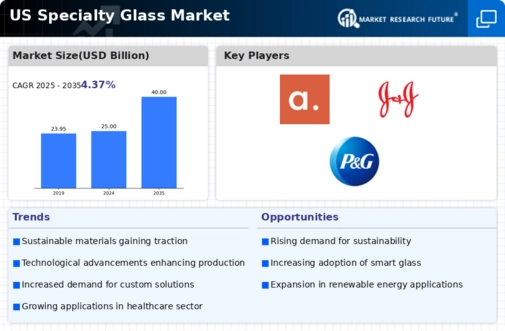
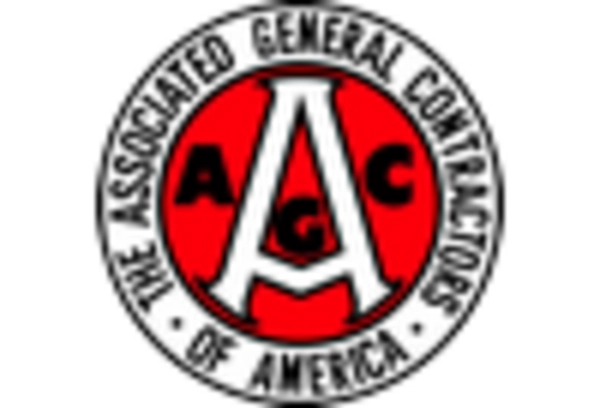
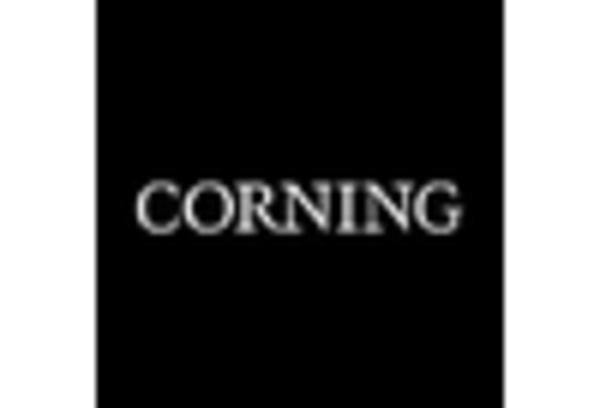

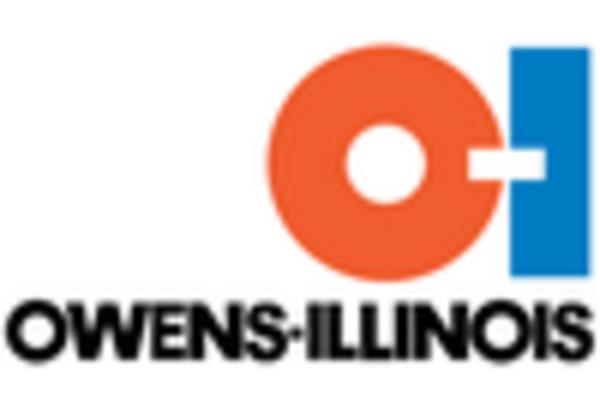

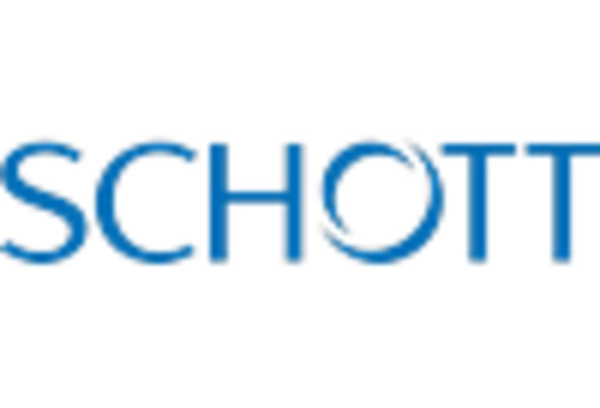








Leave a Comment